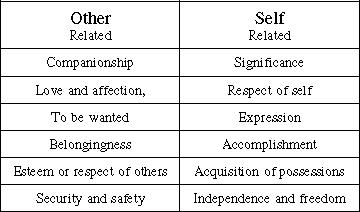
Life
Let us begin our journey towards understanding the human condition by examining life. Biology1999 uses a number of different terms to represent living entities. These terms include life forms, living organisms, and more recently living systems. These terms have subtle but important differences which I will discuss later in The Science section, but for now these terms may be considered as synonymous.
We humans are a form of life. This is a fact of reality paramount to understanding ourselves. And, yet this fact is so pervasive and constant that it rarely enters our consciousness. Our clear and distant superiority to all other forms of life have made it easy for us to neglect our biological basis.
As we have seen ourselves different and superior to all other forms of life, we have missed the point . While we differ from plants and animals, we share their aliveness – we are still forms of life – we are still living organisms –we are still living systems .
When we examine ourselves scientifically, we discover that humans are living systems, and it follows therefore that our powers and our problems will be those of life.
If we are to create a safe and comfortable future for ourselves and our children, we must understand our connection to life. Our life connection is not only relevant, it is the crucial factor in determining a safe passage through the current human crisis.
A fundamental way of understanding life is by examining needs and actions.

